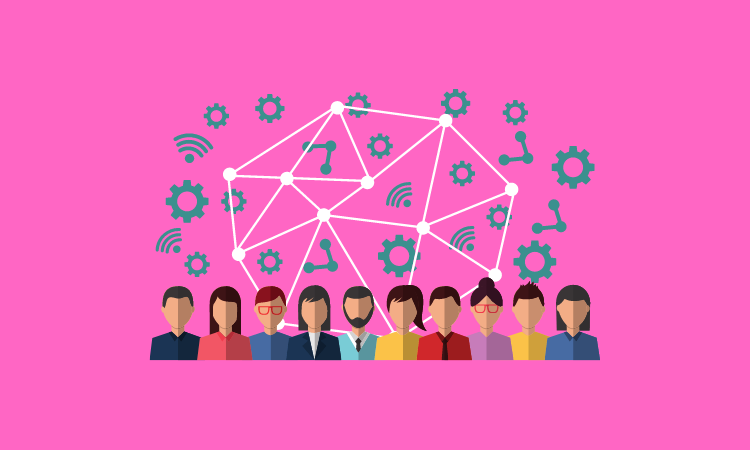Podcasts
‘As income data becomes more important, you can start to creatively rethink the paradigm of credit’: Pinwheel’s Kurt Lin
- Income data is becoming an increasingly important piece of the financial ecosystem.
- Kurt Lin, co-founder and CEO of Pinwheel, joins us on the podcast to discuss building product and a company in the space.








